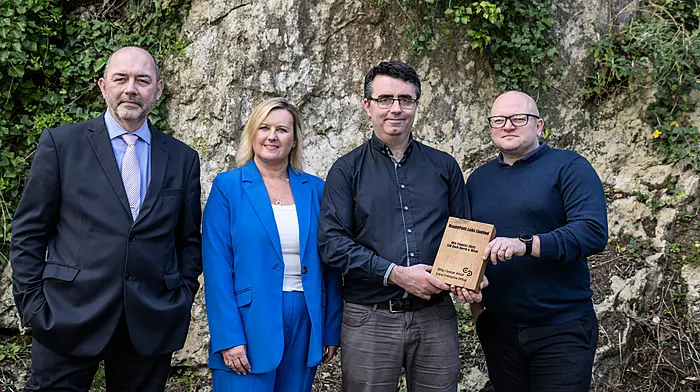THE EU Commission has published a list of agricultural practices that could be supported under the new eco-scheme concept in the future CAP – linked to direct payments – stressing that they must contribute to achieving Green Deal targets by tackling challenges surrounding climate, environment, animal welfare and antimicrobial resistance.
Published on January 14th, the five-page factsheet, entitled ‘List of potential agricultural practices that eco-schemes could support,’ aims to ‘contribute to the debate around the CAP reform and its role in reaching the Green Deal targets,’ according to the Commission. It ‘enhances transparency of the process,’ providing ‘farmers, administrations, scientists and stakeholders a base for further discussion on making the best use of this new instrument,’ officials add.
In the factsheet, they specify that eco-schemes must cover ‘activities related to climate, environment, animal welfare and antimicrobial resistance,’ and be ‘defined on the basis of the needs and priorities identified at national / regional levels.’ The Commission stresses that the schemes have to show a level of ambition that goes beyond the CAP baseline and they must contribute to reaching the Green Deal targets.
The list of potential agricultural methods includes organic farming practices and integrated pest management, both of which are already established in EU policy instruments. A further example is agro-ecology such as crop rotation with leguminous crops or a low intensity grass-based livestock system.
Schemes could involve husbandry and animal welfare plans, designed to increase animal health and / or welfare. They might also include agroforestry schemes designed to protect landscape features or promote biodiversity.
A further category identified is what’s called ‘high nature value (HNV) farming,’ which includes keeping land fallow with the aim of promoting biodiversity, shepherding on open spaces, between permanent crops, something called ‘transhumance,’ which involves moving livestock between pastures on a seasonal basis. It could include creating and enhancing semi-natural habitats or schemes involving the reduction of fertiliser use or low intensity management in arable crops. The ‘carbon farming’ category could include conservation agriculture or the extensive use of permanent grassland.
• Rose O’Donovan is the editor-in-chief of the Brussels-based publication AGRA FACTS.







